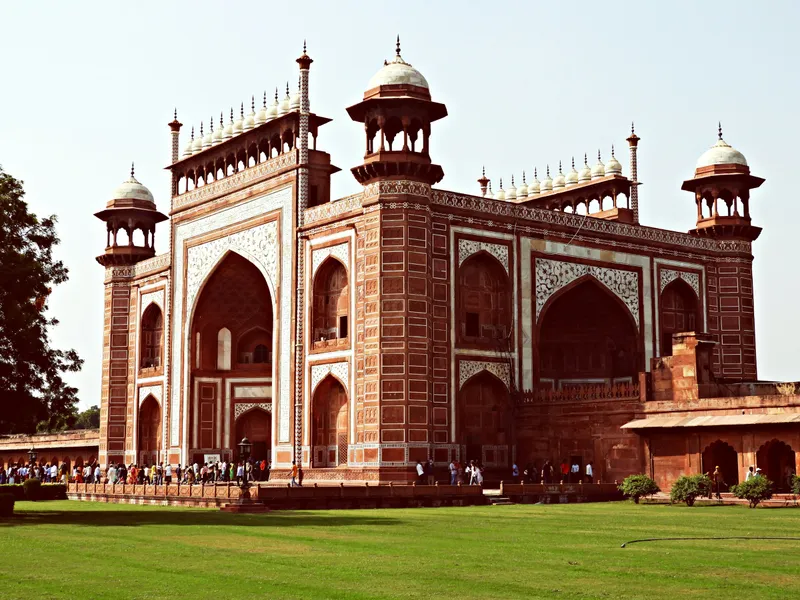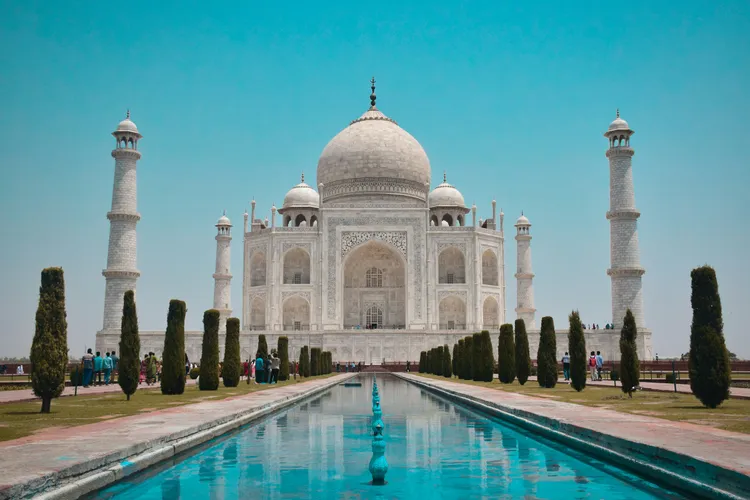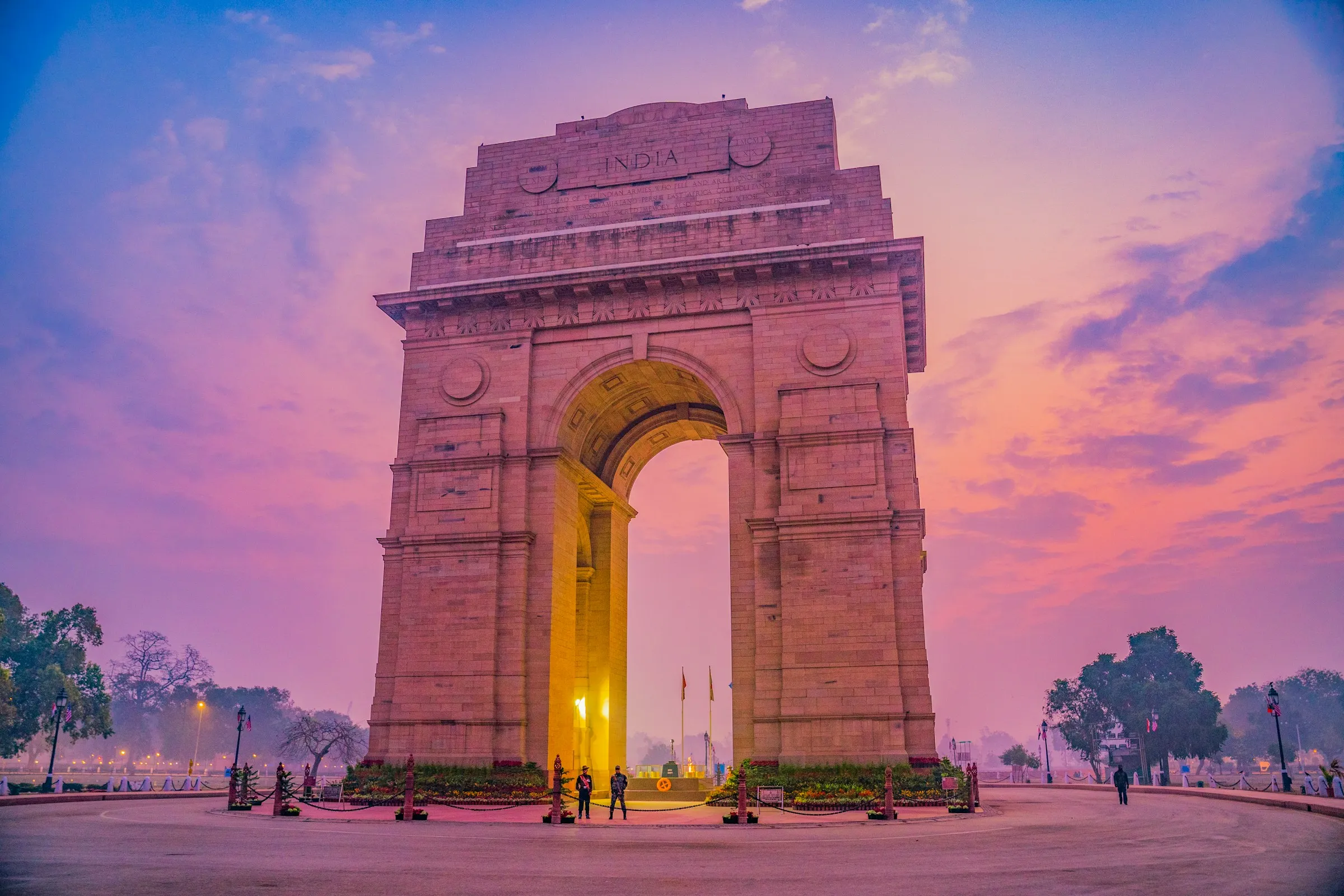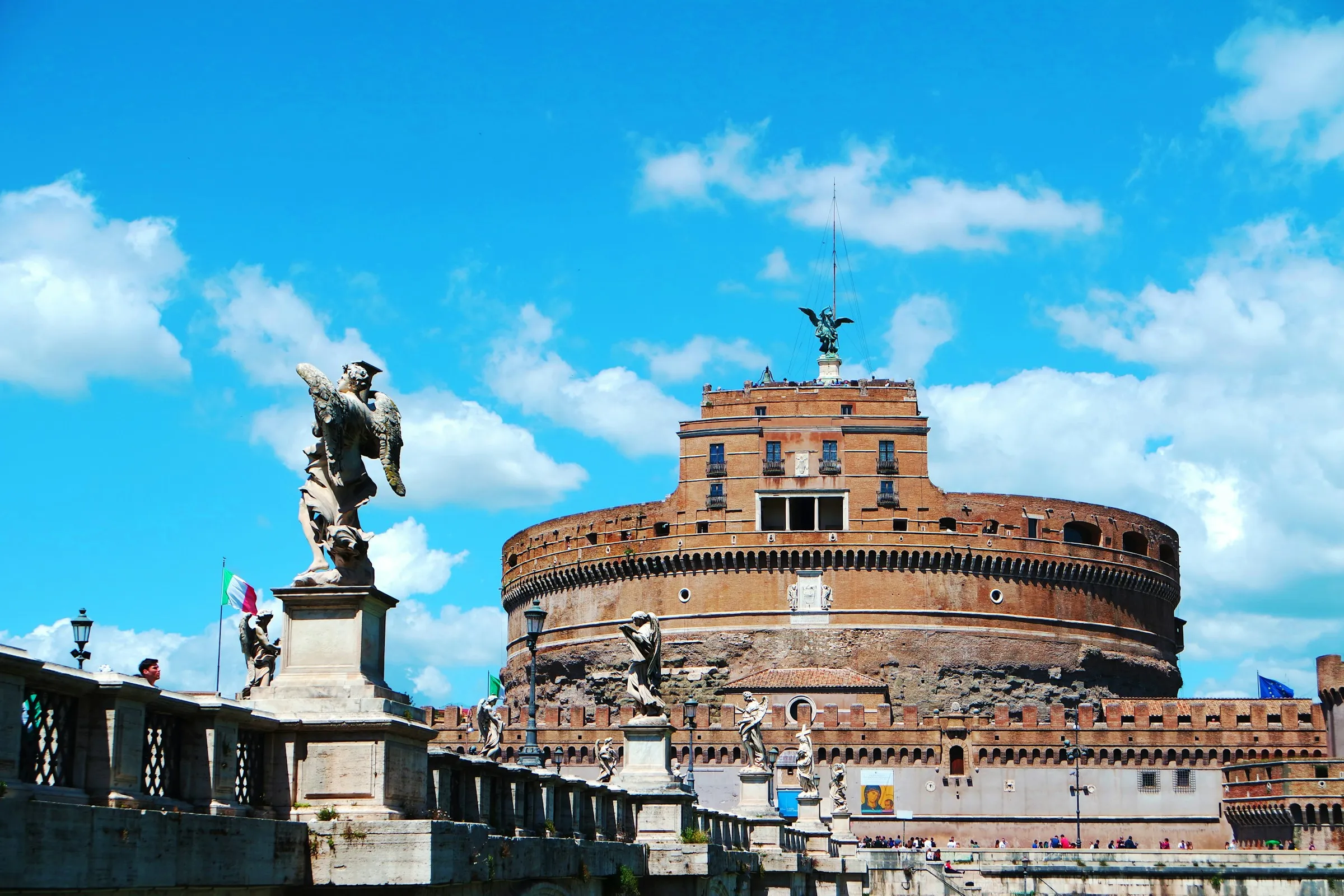When thinking of a trip to India, doesn’t the white marble mausoleum, the Taj Mahal, immediately spring to mind? Built by the 5th Mughal Emperor Shah Jahan for his beloved wife Mumtaz Mahal, this magnificent tomb is truly a monument to love. Learning about its beauty and history will surely make you want to visit.
Taj Mahal: The Basics
When and Who Built It?
The Taj Mahal was commissioned by the Mughal Emperor Shah Jahan. Mourning his beloved wife Mumtaz Mahal, who died in 1631, construction began the following year in 1632. It took approximately 22 years to complete, finishing around 1653. The finest building materials and artisans were gathered from across the world.
Why Was It Built?
Shah Jahan deeply loved his wife Mumtaz Mahal, who passed away while giving birth to their 14th child. He built the Taj Mahal as a mausoleum (tomb) to mourn her death and eternally honor her beauty. Shah Jahan himself was later buried beside her in the Taj Mahal.
Is It a World Heritage Site?
Yes, the Taj Mahal was inscribed as a UNESCO World Heritage site in 1983. Hailed as “the jewel of Muslim art in India and one of the universally admired masterpieces of the world’s heritage,” it is considered one of the most beautiful buildings globally, attracting countless tourists every year. Its cultural significance is recognized worldwide.
What Kind of Building Is It?
The Taj Mahal is a masterpiece of Indo-Islamic architecture, distinguished by its stunning symmetry. At its heart lies the pure white marble mausoleum topped with a massive dome, flanked by four minarets at its corners. The entire complex is set within a Persian garden (Charbagh), and its reflection in the water channels creates a dreamlike image.
Must-See Highlights of the Taj Mahal!
The Taj Mahal complex is vast. Here are the key points you shouldn’t miss.
The Pure White Mausoleum

Undoubtedly, the main attraction is the mausoleum itself, crafted from white marble. As you get closer, you’ll be amazed by the intricate details: delicate floral carvings incised into the walls and pietra dura (inlay work) using precious and semi-precious stones. Witnessing how its hue subtly changes with the sunlight throughout the day is also a must-see.
The Grand Main Gateway (Darwaza-i rauza)

The first gate you pass through to enter the Taj Mahal complex is this imposing structure made of red sandstone. Verses from the Quran are inscribed in calligraphy above the archway, creating an atmosphere of solemn grandeur. Passing through this gate reveals the iconic view of the Taj Mahal before you.
The Beautiful Four-quartered Garden (Charbagh)
The path from the main gateway to the mausoleum runs through a Persian-style garden, symmetrically divided by water channels. It’s a beautifully maintained garden planted with cypress trees and flowers. The central water channel reflects the Taj Mahal, making it a popular spot for perfect photos.
The Guesthouse and Mosque Flanking the Mausoleum

On either side of the mausoleum stand identical buildings constructed from red sandstone. The one on the right (facing the Taj) is the Guesthouse (Jawab), and the one on the left is the Mosque (Masjid). These are also perfectly symmetrical, further enhancing the overall aesthetic balance of the Taj Mahal complex.
Visiting the Taj Mahal: Tickets, Access, and Information
About Tickets
Taj Mahal entrance tickets can be purchased online or at the ticket counters on site. To avoid queues and ensure smoother entry, buying tickets online in advance is strongly recommended.
General Admission Tickets
- Foreign Tourists: INR 1100 + INR 200 (Mausoleum entry fee) = INR 1300
- Citizens of SAARC and BIMSTEC Countries: INR 540 + INR 200 (Mausoleum entry fee) = INR 740
- Indian Citizens: INR 50 + INR 200 (Mausoleum entry fee) = INR 250
Children under 15 years old enter for free.
Online Purchase
- Archaeological Survey of India (ASI) official website: https://asi.payumoney.com/
- Uttar Pradesh Tourism Department official website: https://www.uptourism.gov.in/
A small discount is often applied for online purchases.
On-site Ticket Counters
Located near the Western Gate and Eastern Gate. These counters are often crowded, so purchasing here is not recommended. You may need to show identification (like a passport) when purchasing tickets.
Night Viewing Tickets
- Foreigners: INR 750
- Indian Citizens: INR 510
- Children (3-15 years): INR 500
Night viewing is only available on five days a month: the day of the full moon, plus the two days before and two days after (excluding Fridays). Tickets must be purchased one day in advance from the Archaeological Survey of India (ASI) office located at 22 Mall Road, Agra. There are no online sales for night viewing. Entry times are specific, and the number of visitors is limited.
Opening Hours and Closing Days
- Opening Hours: Opens approximately 30 minutes before sunrise and closes approximately 30 minutes before sunset.
- Closing Day: Every Friday.
- Night Viewing: Refer to the “About Tickets” section above.
Entrance Gates and Entry Procedure
The Taj Mahal has three main entrance gates:
- Western Gate: The main gate, used by most tourists. Easily accessible from the city center. Entry is permitted.
- Eastern Gate: Close to many hotels. Often said to be less crowded. Entry is permitted.
- Southern Gate: Currently designated as an exit gate only. Entry is not allowed here.
Regardless of which gate you use, expect rigorous security checks. Be mindful of prohibited items. After the security check, present your ticket for entry.
How Long to Spend Visiting
While the complex is large, seeing the main highlights typically takes around 2 to 3 hours. If you plan to spend more time taking photographs or visiting the on-site museum, allow for a bit more time.
How to Get There
The Taj Mahal is located in the city of Agra, southeast of Delhi. Here’s how to get there from Delhi:
- Train: Take an express train (like Shatabdi Express or Gatimaan Express) from New Delhi Railway Station (NDLS) to Agra Cantt Railway Station (AGC). The journey takes about 1.5 to 2 hours.
- Bus: Numerous buses operate between Delhi and Agra. The journey takes approximately 3 to 4 hours.
- Car (Taxi): Driving via the expressway takes about 3 to 4 hours.
Getting Around Agra
- From Agra Cantt station or hotels in the city to the Taj Mahal, taking an auto-rickshaw or taxi is common. Fares are often negotiable.
- Environmental Protection Zone: To protect the monument, petrol and diesel vehicles are banned within a 500-meter radius of the Taj Mahal, except for approved electric vehicles, cycle rickshaws, etc. You will be dropped off before this zone and will need to walk or take designated transport to the gate.
Tips for Visiting the Taj Mahal
Keep the following points in mind for a comfortable visit:
- Dress Code: As it’s also a religious site, avoid revealing clothing (like tank tops or short shorts). Modest attire covering shoulders and knees is recommended.
- Prohibited Items: Food items, tobacco products, and large bags or suitcases are prohibited. Check the official list beforehand.
- Photography: Photography is allowed within the grounds, but it is strictly forbidden inside the main mausoleum (where the cenotaphs are located).
- Crowds: The site gets extremely crowded, especially on weekends, public holidays, and during peak tourist season. If possible, visiting early on a weekday morning is best.
- Touts and Guides: You’ll likely encounter many people offering guide services or selling souvenirs around and inside the complex. Firmly decline if you’re not interested. If you want an official guide, confirm their credentials and fees beforehand.
Nearby Tourist Attractions
- Agra Fort: A magnificent red sandstone fortress that served as the residence of Mughal emperors.
- Tomb of I’timād-ud-Daulah: Often called the “Baby Taj,” this tomb features exquisite, delicate decorations.
- Mehtab Bagh: Located across the Yamuna River, this garden offers a fantastic spot to view the Taj Mahal, especially at sunset.


